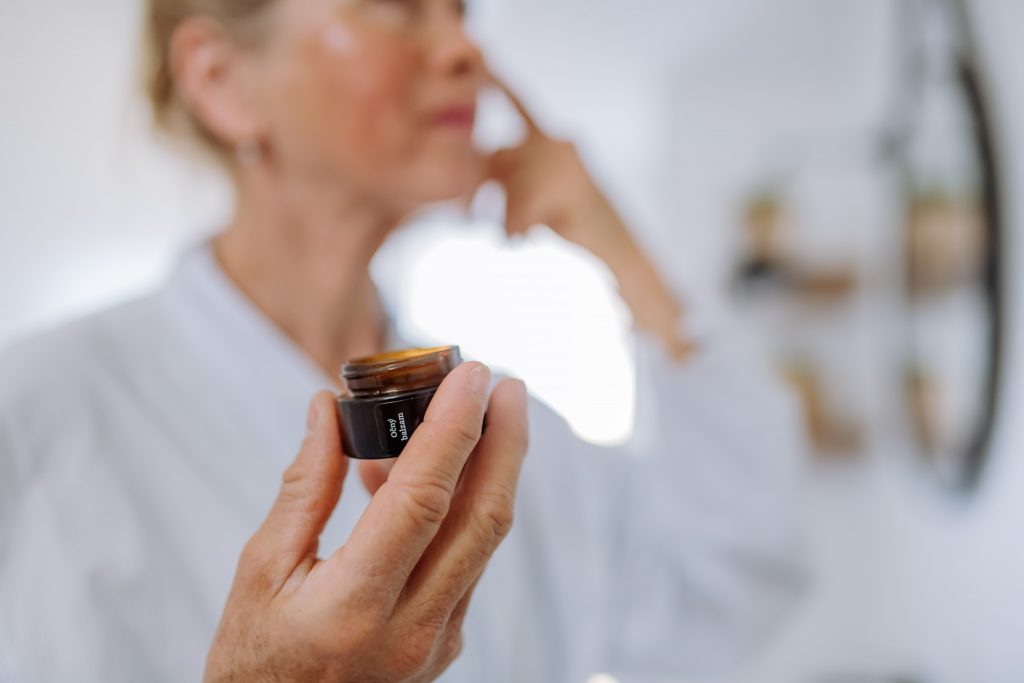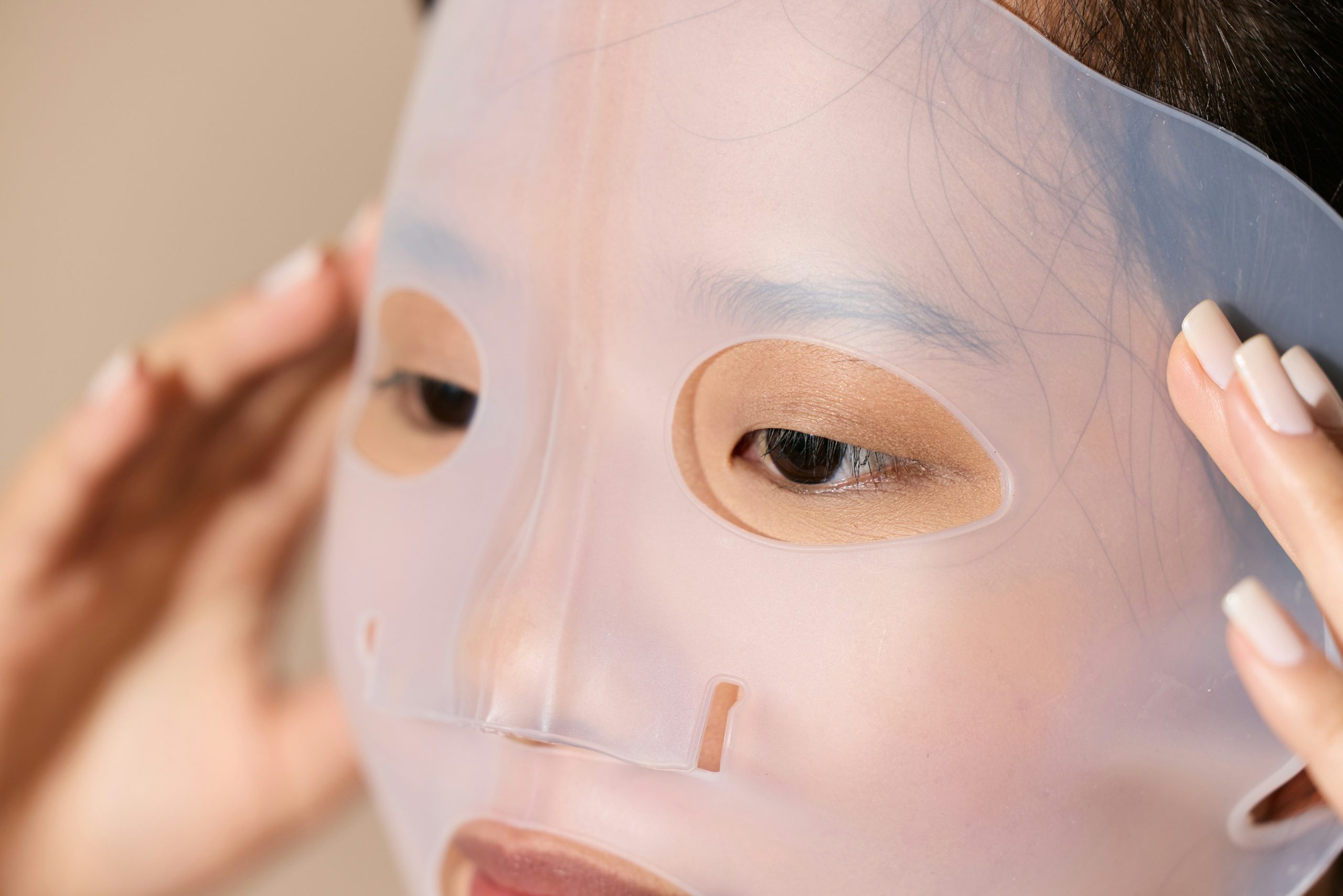By the Happiness 360 Editorial Team
Photo by Natalia Blauth
OPENING NOTES FROM TRACIANA
I’ve always found it curious how we intuitively adjust our wardrobes with the seasons but often ignore what our skin is telling us it needs. Just as we wouldn’t wear a wool coat in July, our skin requires different care as environmental conditions shift throughout the year.
—Traciana
The Science of Seasonal Skin Changes
Your skin is your body’s largest organ and its primary barrier against environmental stressors. As temperature, humidity, and UV exposure fluctuate throughout the year, your skin’s needs change dramatically. Understanding these patterns allows you to work with your skin’s natural rhythms rather than against them.
During warmer months, increased heat and humidity boost sebum production while higher UV exposure accelerates free radical damage. Conversely, cold weather and indoor heating strip moisture from the skin while reducing natural oil production. These aren’t just surface-level changes—they affect cellular turnover, collagen production, and your skin’s protective barrier function.
The key to effective seasonal skincare lies in anticipating these changes and adjusting your routine proactively rather than reactively addressing problems after they appear.
Spring: Renewal and Recovery

Spring represents a transitional period when your skin begins recovering from winter’s harsh conditions while preparing for increased sun exposure ahead.
Environmental factors: Rising temperatures, increased humidity, longer daylight hours, fluctuating weather patterns, higher pollen counts.
What your skin experiences: Gradual increase in oil production, improved circulation, potential sensitivity from weather fluctuations, possible allergic reactions to airborne irritants.
Essential Spring Practices
Inventory and refresh: Check expiration dates on all skincare products. Active ingredients like vitamin C, retinoids, and AHAs lose potency over time, especially when exposed to light and air. Products used beyond their effective date won’t deliver promised results and may cause irritation.
Reintroduce exfoliation gradually: Winter’s low humidity makes regular exfoliation too harsh, but spring’s milder conditions allow you to resume removing accumulated dead skin cells. Start with once-weekly gentle chemical exfoliation using AHAs or BHAs, increasing frequency based on your skin’s response.
Transition to lighter formulations: Replace heavy winter moisturizers with lighter lotions or serums that provide hydration without overwhelming increasingly active sebaceous glands. Look for products containing hyaluronic acid, which provides moisture without heaviness.
Address winter damage: Consider incorporating vitamin C serums or gentle brightening treatments to address any hyperpigmentation or dullness accumulated during darker months.
Summer: Protection and Prevention

Summer skincare focuses primarily on preventing damage from increased UV exposure and heat while managing higher sebum production.
Environmental factors: Peak UV radiation, high temperatures, increased humidity, more time outdoors, chlorine exposure from pools.
What your skin experiences: Maximum oil production, increased sweating, higher risk of sun damage, potential for heat rash or clogged pores.
Essential Summer Practices
Prioritize broad-spectrum SPF: Use mineral-based sunscreens with at least SPF 30 daily, reapplying every two hours during extended outdoor exposure. Zinc oxide and titanium dioxide provide physical barriers against both UVA and UVB rays without causing the hormonal disruption associated with some chemical sunscreens.
Incorporate antioxidants: Vitamin C, vitamin E, and niacinamide help neutralize free radicals generated by UV exposure and environmental pollution. Apply antioxidant serums under sunscreen for enhanced protection.
Choose oil-free hydration: Maintain moisture levels with lightweight, non-comedogenic formulations. Gel-based moisturizers or hydrating serums prevent dehydration without contributing to breakouts or feeling heavy in heat.
Manage increased oil production: If needed, incorporate gentle clay masks once weekly to absorb excess sebum without over-drying. Avoid aggressive oil-stripping products that trigger rebound oil production.
Fall: Preparation and Transition

Fall requires gradually intensifying your skincare routine to prepare for dropping temperatures and decreasing humidity.
Environmental factors: Declining temperatures, reduced humidity, shorter days, fluctuating weather, increased indoor heating.
What your skin experiences: Decreased oil production, potential barrier function compromise, increased sensitivity to active ingredients, preparation for reduced cellular renewal rates.
Essential Fall Practices
Begin the layering process: Gradually introduce additional hydrating steps—toner, serum, moisturizer—to build your skin’s resilience against approaching harsh conditions. This isn’t about using more products but about creating multiple thin layers of hydration.
Reduce exfoliation frequency: Limit physical or chemical exfoliation to once weekly as your skin’s barrier function becomes more vulnerable. Over-exfoliation during this transitional period can lead to increased sensitivity and dryness.
Avoid temperature extremes: Resist the temptation for hot showers or face washing, which strips natural protective oils. Lukewarm water preserves your skin’s lipid barrier while still effectively cleansing.
Introduce heavier moisturizers gradually: Begin transitioning from summer’s lightweight formulas to richer creams containing ceramides, fatty acids, and other barrier-supporting ingredients.
Winter: Protection and Intensive Care

Winter skincare focuses on maintaining barrier function and preventing moisture loss in harsh environmental conditions.
Environmental factors: Low temperatures, minimal humidity, indoor heating, reduced UV exposure, harsh winds.
What your skin experiences: Dramatically reduced oil production, compromised barrier function, increased water loss, potential for inflammation and sensitivity.
Essential Winter Practices
Embrace occlusive moisturizing: Use products containing petrolatum, dimethicone, or other occlusive ingredients that create a protective seal preventing water loss. Apply to slightly damp skin to trap additional moisture.
Continue sun protection: UV rays remain damaging even in winter, particularly when reflected off snow. Maintain daily SPF use, though you may choose lighter formulations for comfort.
Support from within: Include omega-3 fatty acids, vitamin E, and other skin-supporting nutrients in your diet. Healthy fats from avocados, nuts, and fish contribute to skin’s lipid barrier integrity.
Consider humidification: Indoor heating can reduce humidity levels to below 20%, far lower than skin’s optimal 40-60% range. Bedroom humidifiers help maintain skin hydration while you sleep.
Limit harsh ingredients: Reduce or eliminate alcohol-based toners, high-concentration acids, or other potentially irritating ingredients until spring returns.
Advanced Seasonal Strategies
Climate-Specific Adjustments
These guidelines apply to temperate climates with distinct seasons. Those in consistently humid, arid, or tropical environments should focus on their region’s primary environmental stressors—constant humidity, persistent dryness, or year-round UV exposure.
Skin Type Considerations
Oily skin: May require minimal seasonal adjustment, focusing primarily on summer oil control and winter hydration maintenance.
Dry skin: Needs more dramatic seasonal shifts, potentially requiring multiple product changes and earlier transitions to winter routines.
Sensitive skin: Should make gradual changes and patch-test any new seasonal products before full incorporation.
Combination skin: May need different approaches for various facial zones, with t-zone management in summer and cheek hydration in winter.
Professional Integration
Consider scheduling professional treatments seasonally: chemical peels or intensive exfoliation in fall/winter when UV exposure is minimal, and hydrating or barrier-repair treatments in spring/summer preparation periods.
The Bigger Picture
Seasonal skincare adjustment reflects a broader principle: working with your body’s natural rhythms rather than imposing rigid routines regardless of changing needs. This approach requires attention, flexibility, and willingness to modify habits based on results rather than adherence to arbitrary rules.
Your skin provides constant feedback about what it needs—dryness, oiliness, sensitivity, or resilience. Learning to read these signals and respond appropriately creates not just better skin health but a more intuitive relationship with your body’s changing requirements.
CLOSING NOTES FROM TRACIANA
Like everything in nature, our skin has seasons. When we learn to listen and respond to these natural rhythms instead of fighting them, we discover that caring for ourselves becomes less about forcing results and more about supporting what wants to flourish.
—Traciana






















0 Comments for “Nature’s Beauty Calendar: How to Tailor Your Skincare Routine to Every Season”